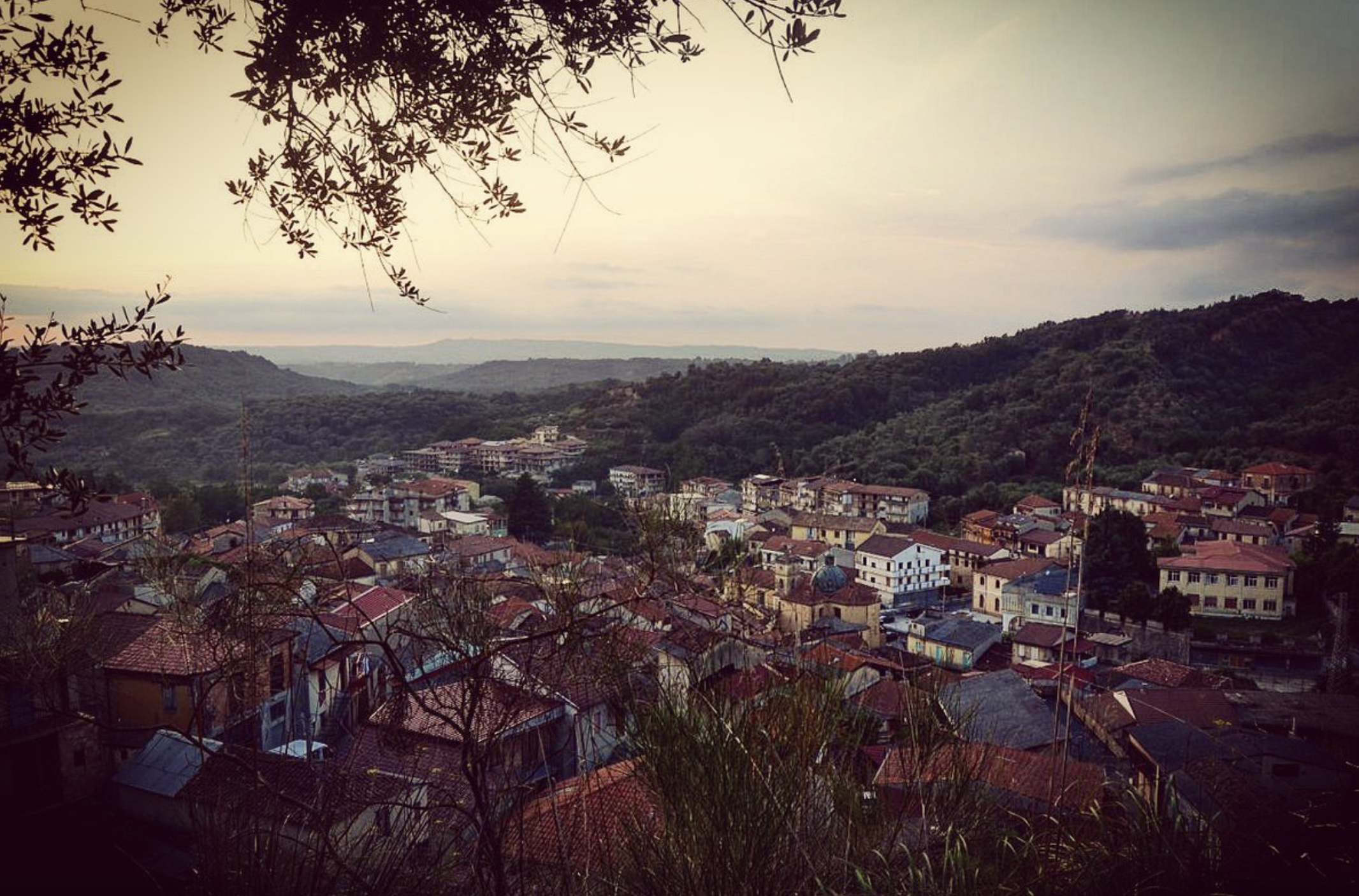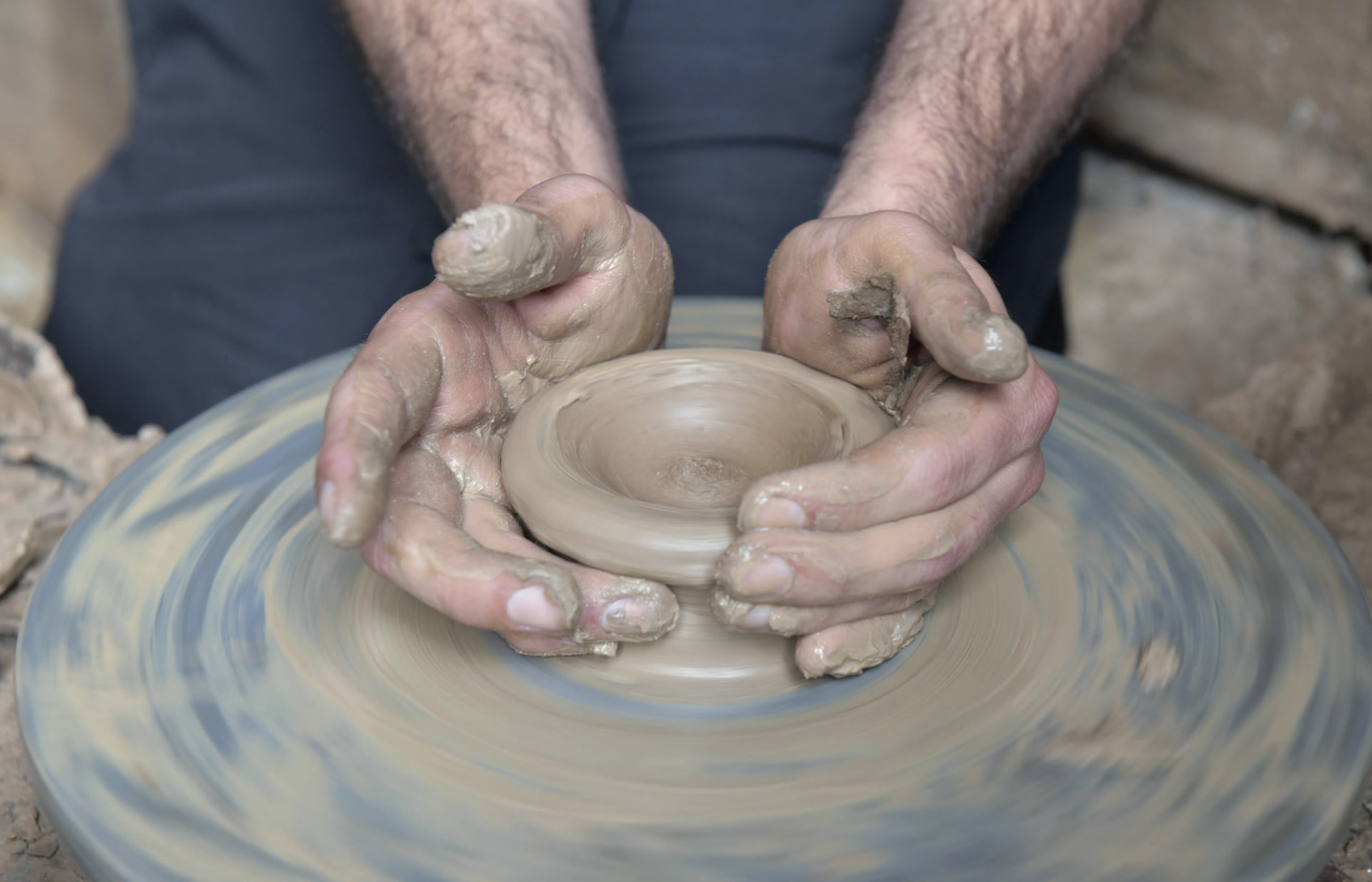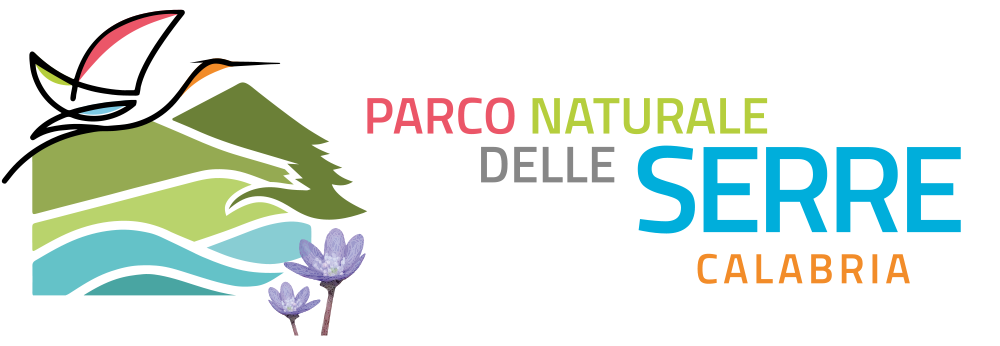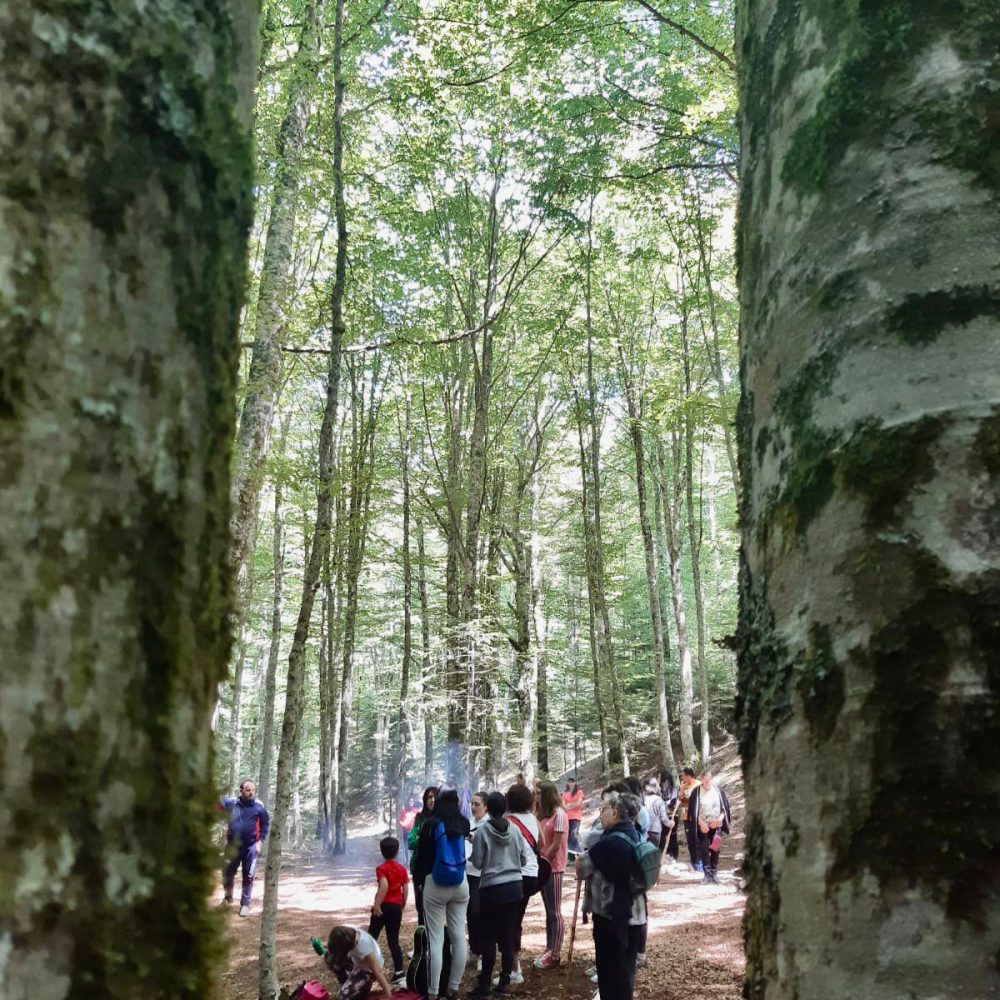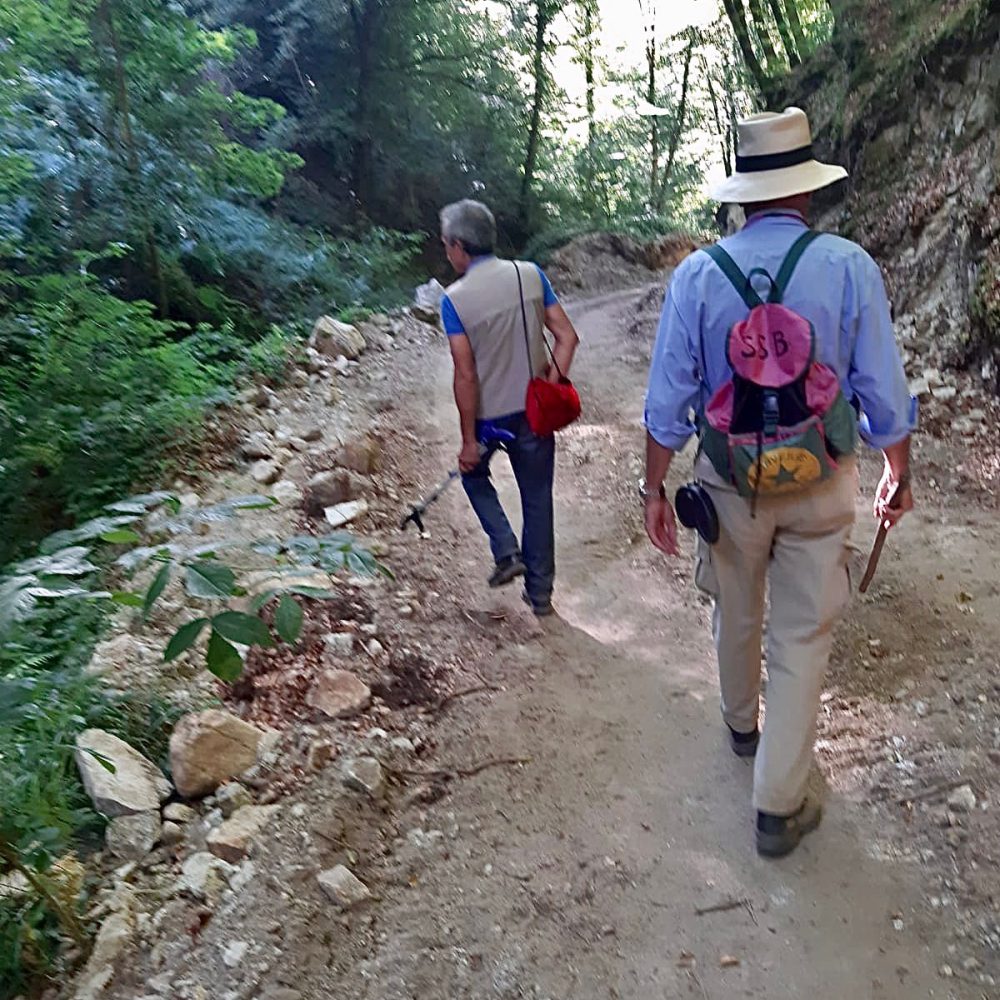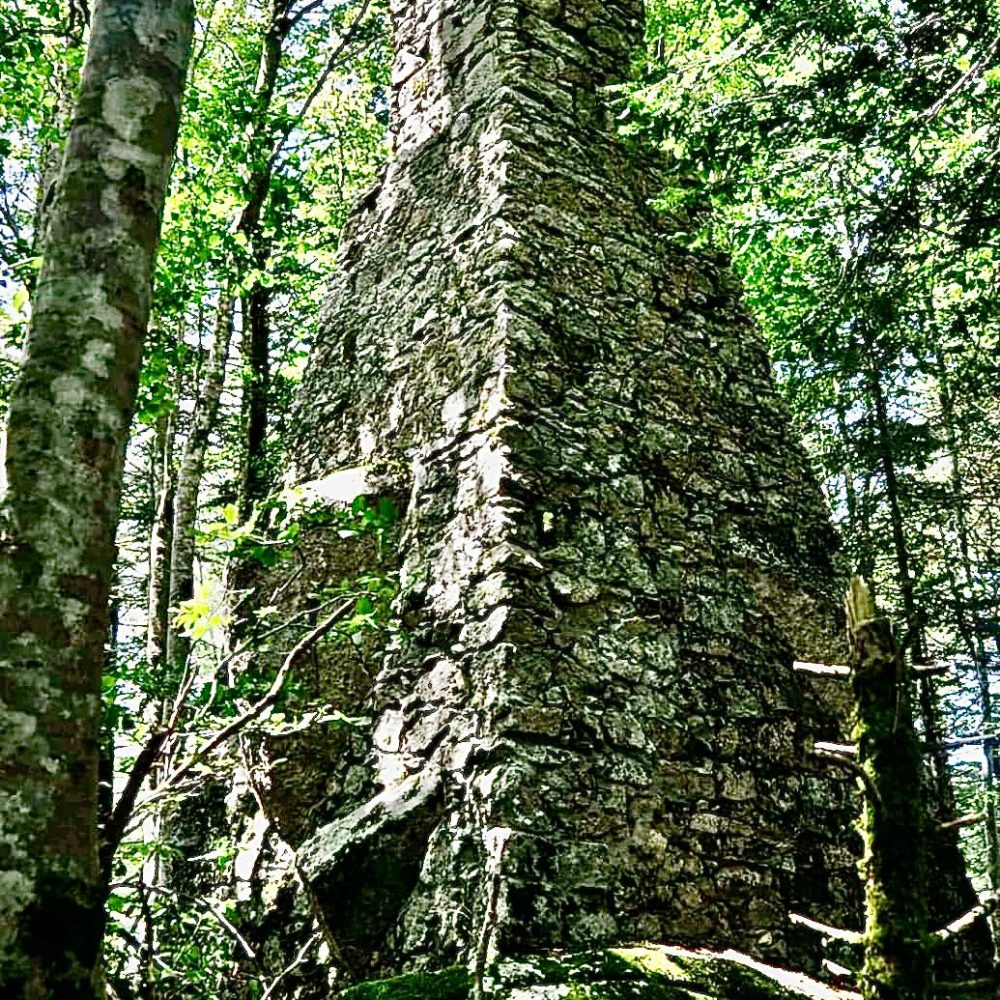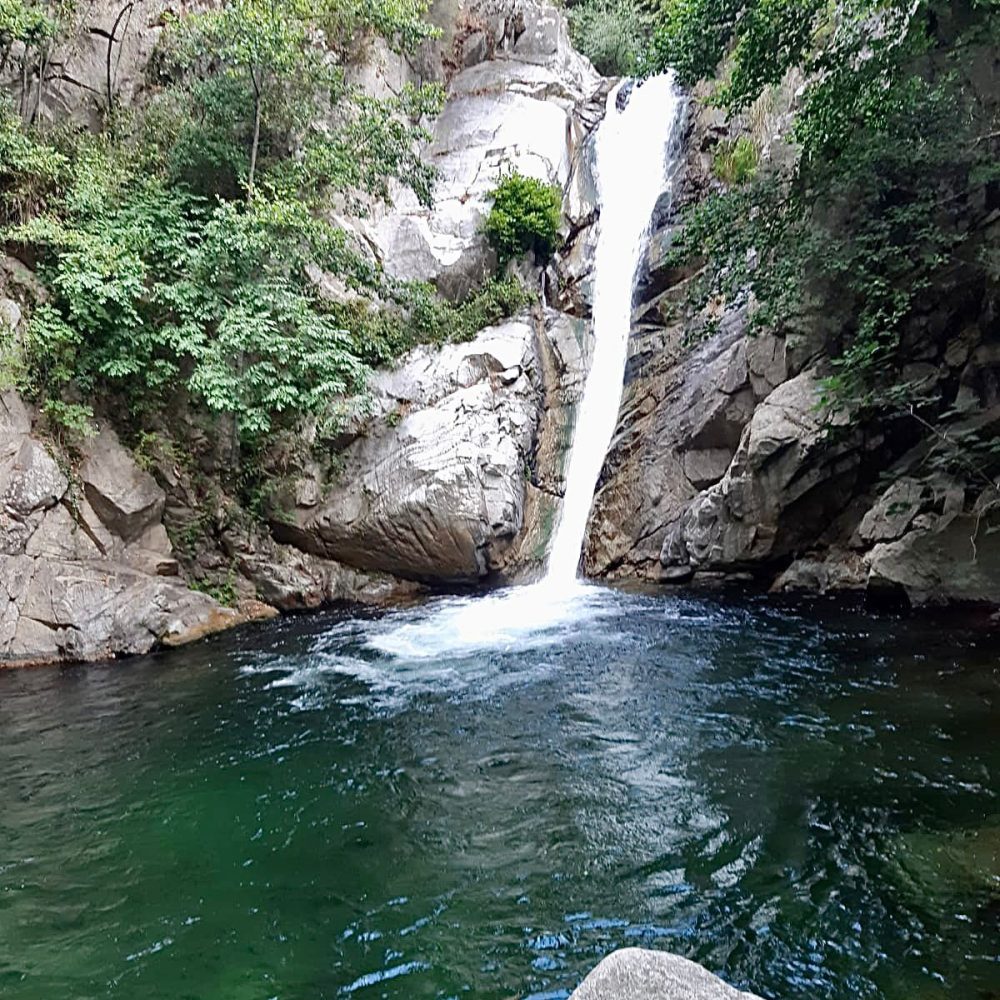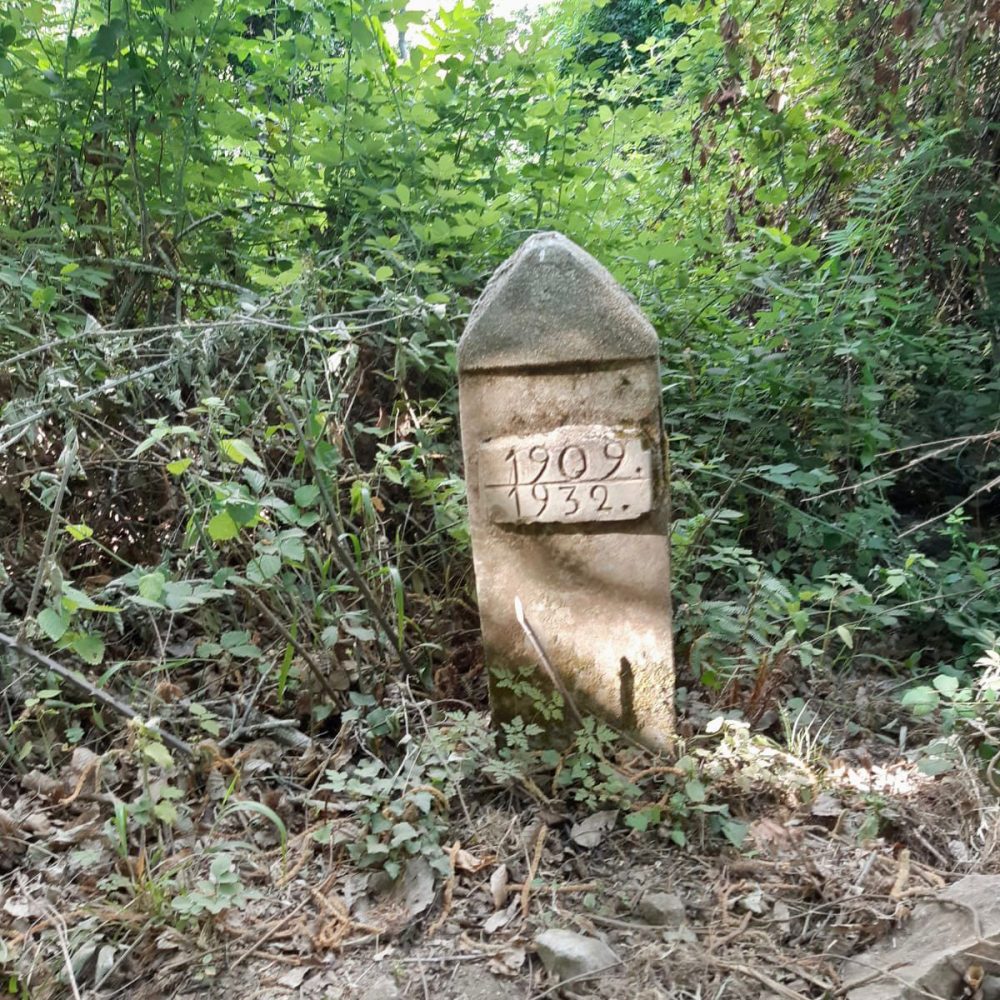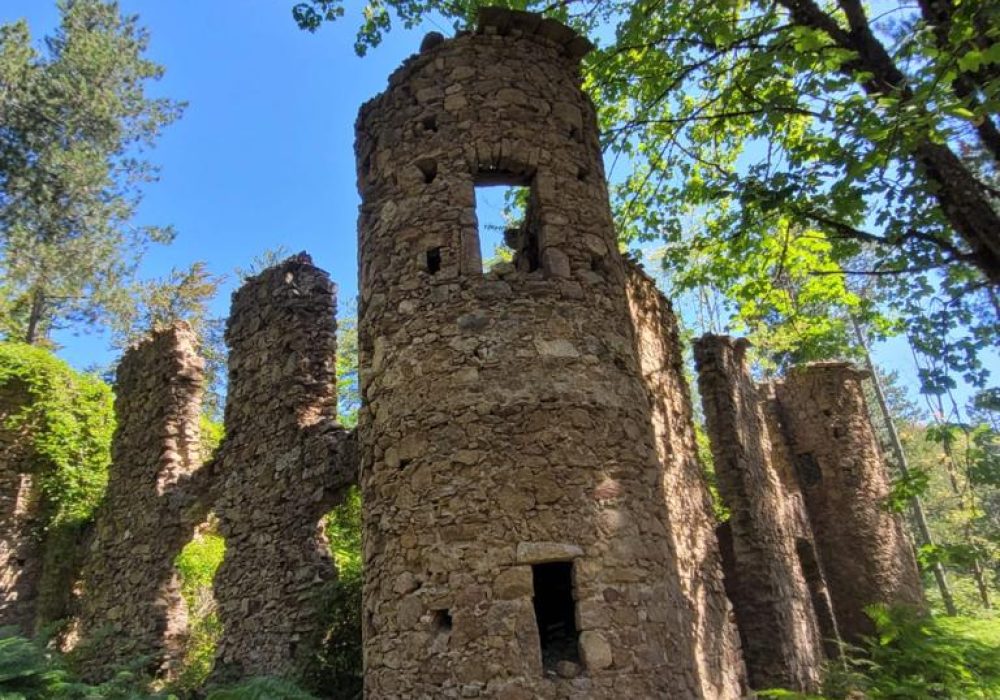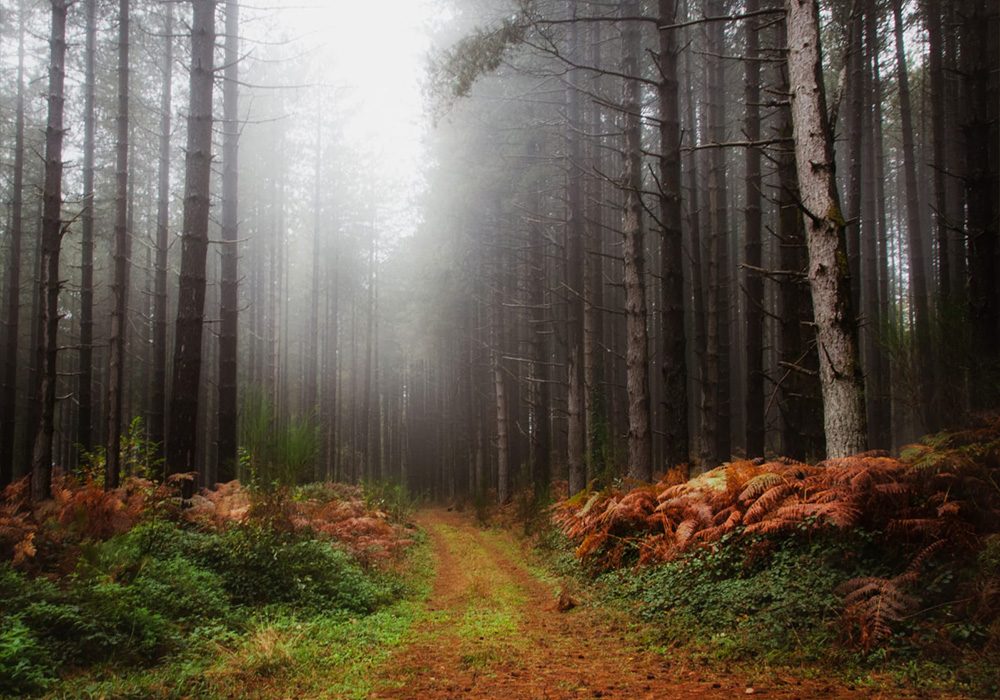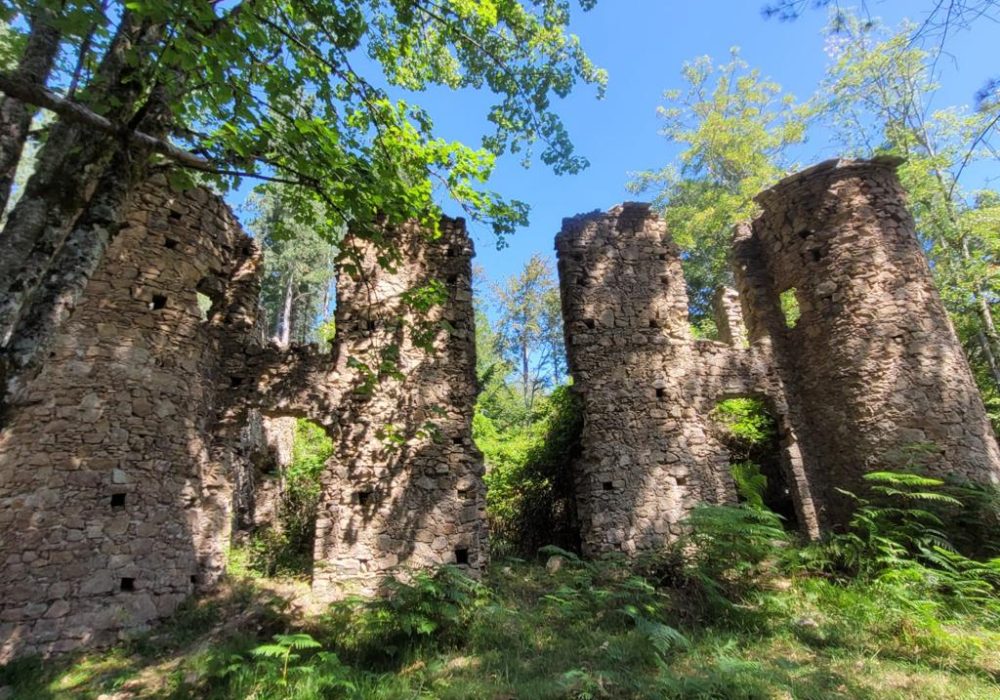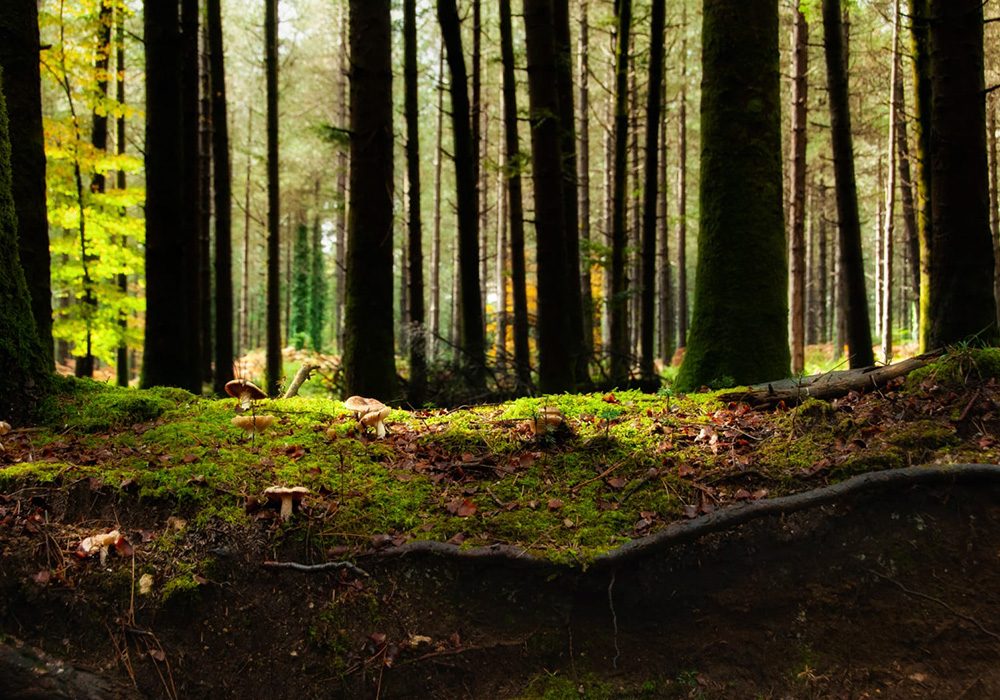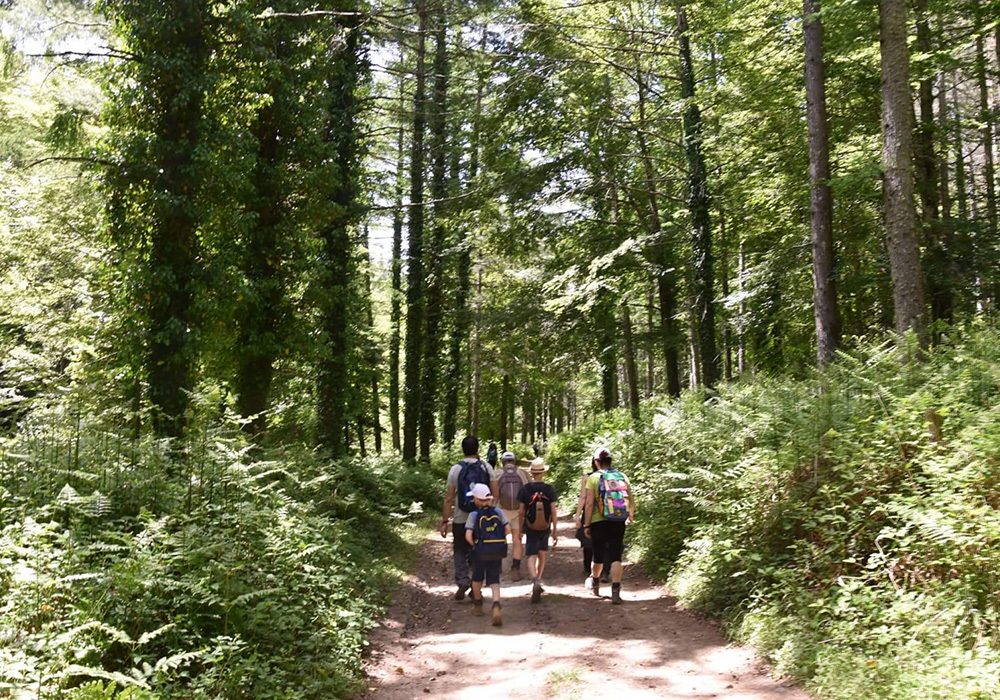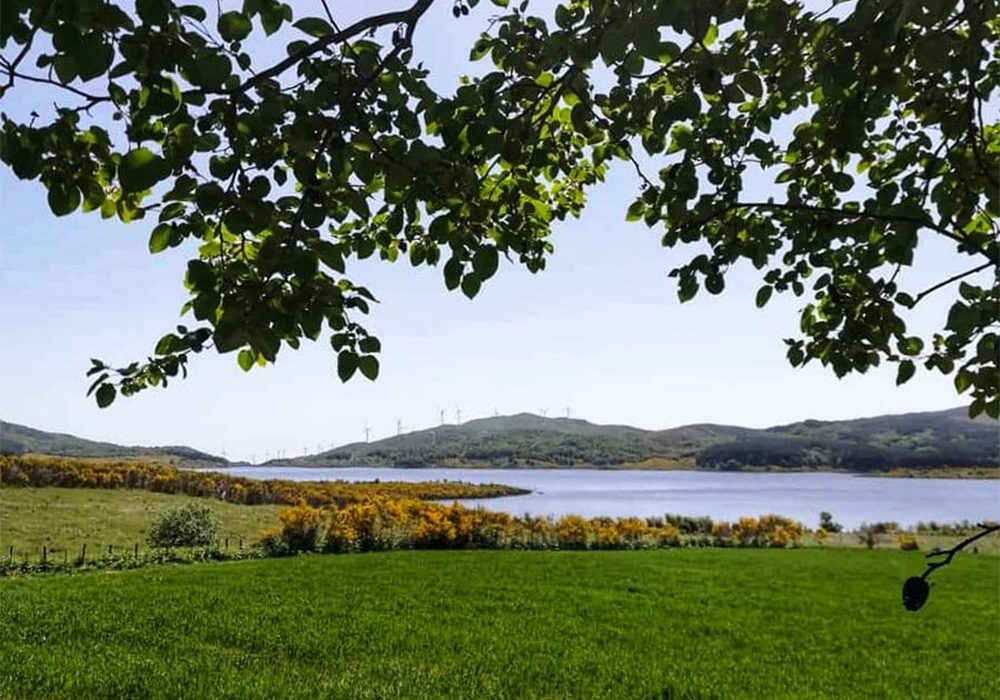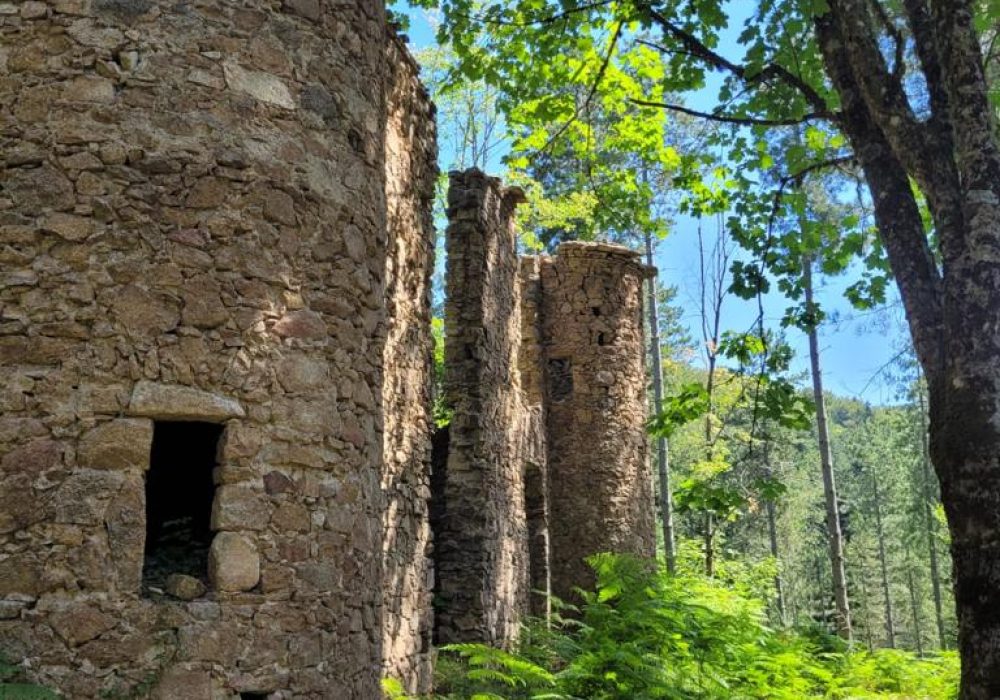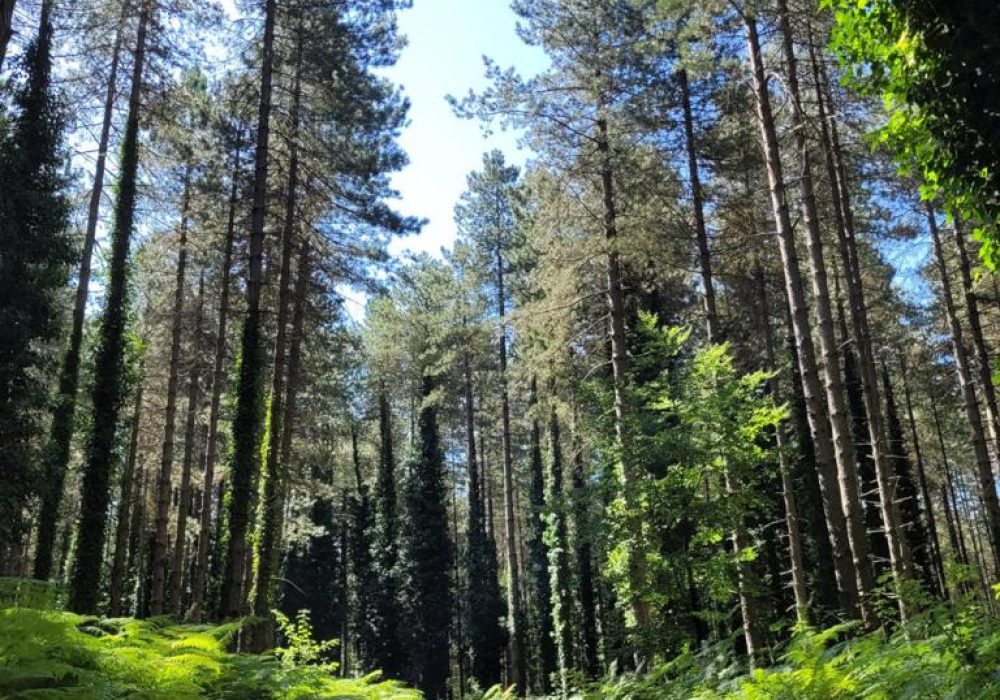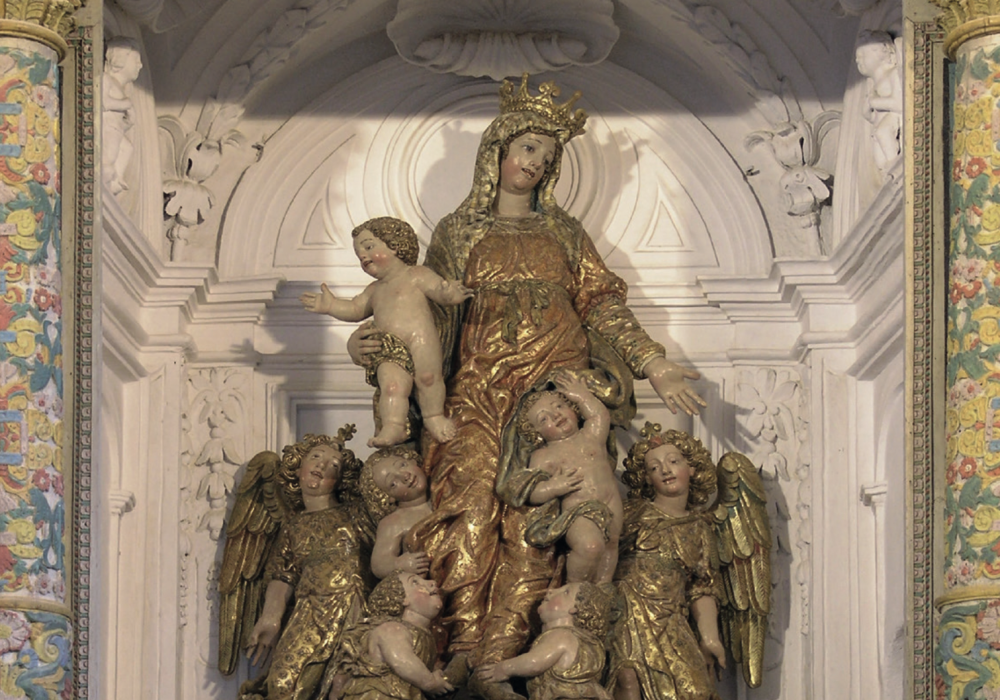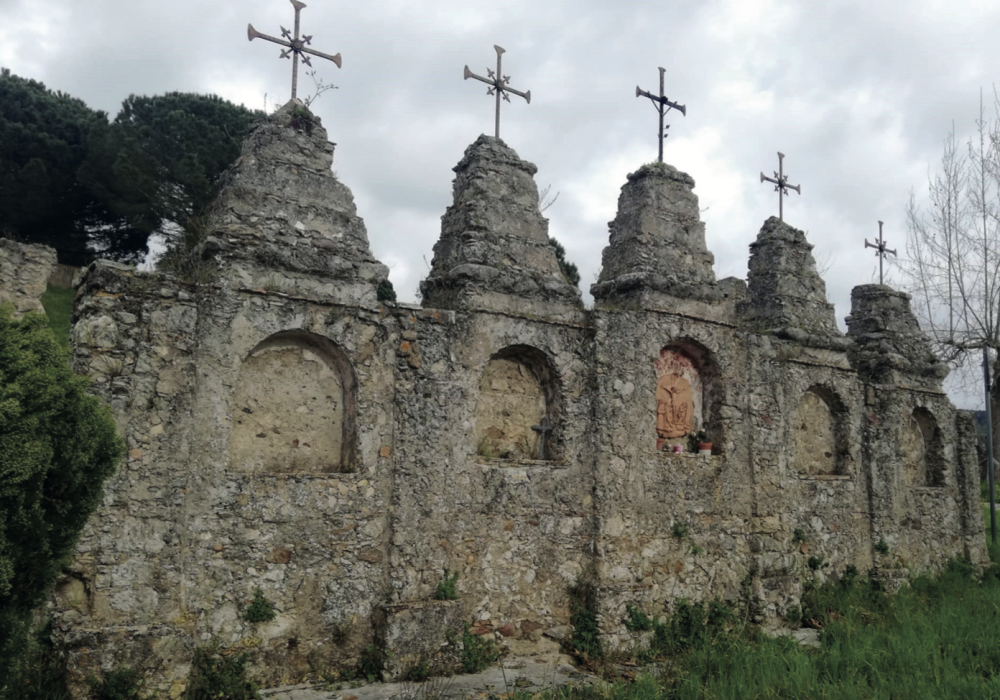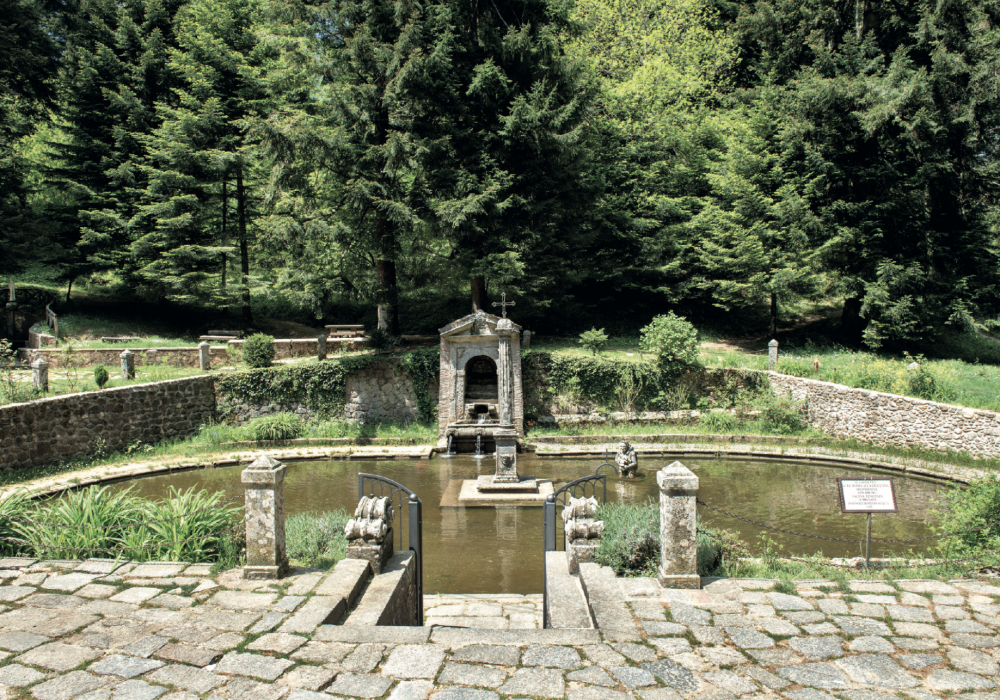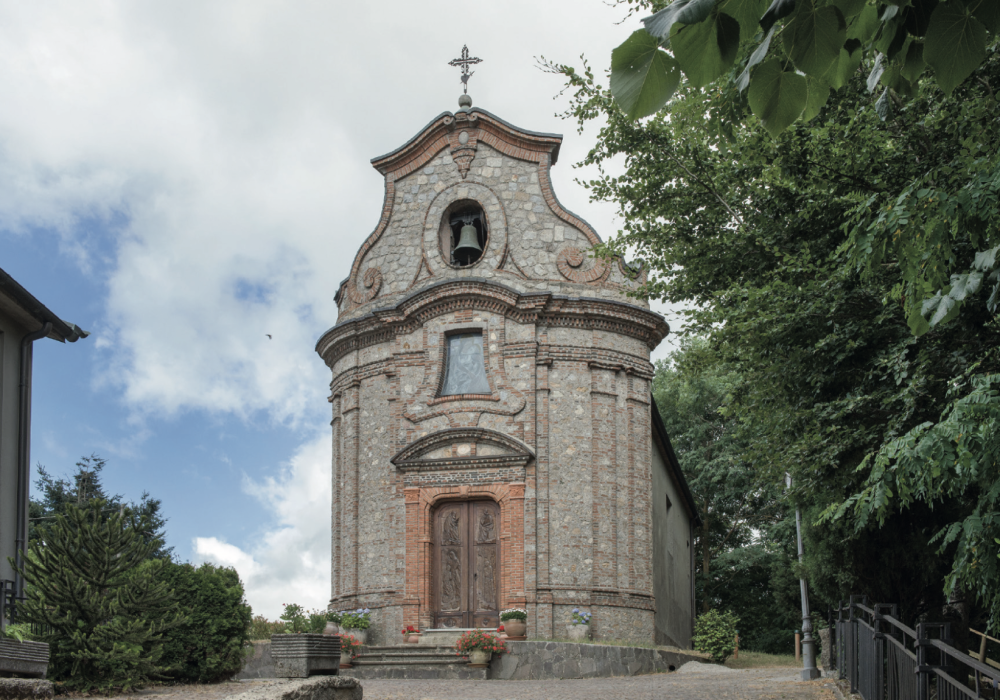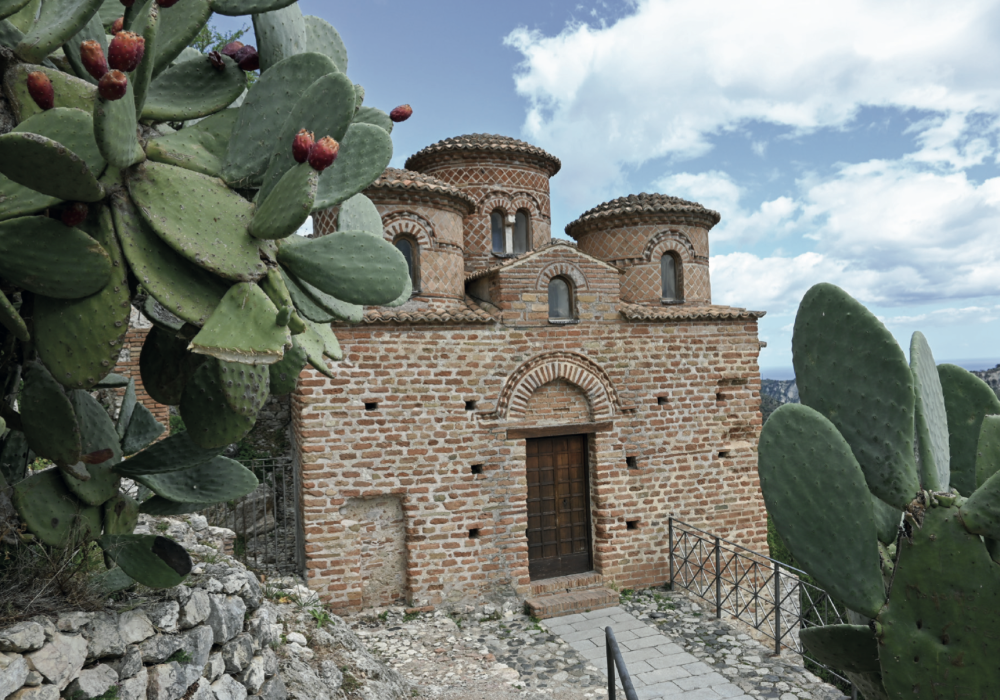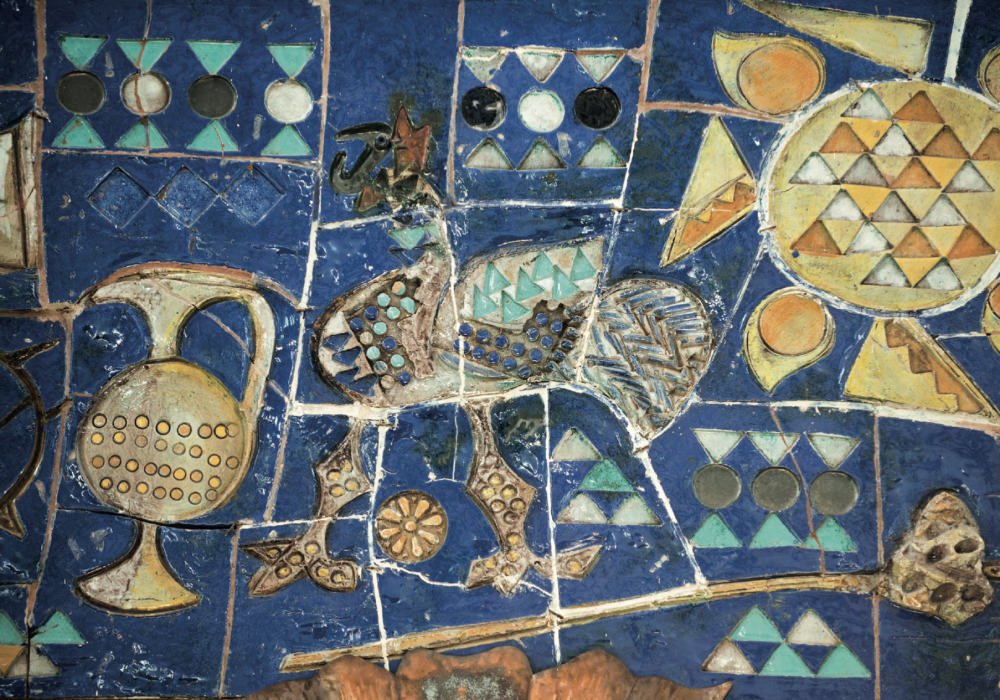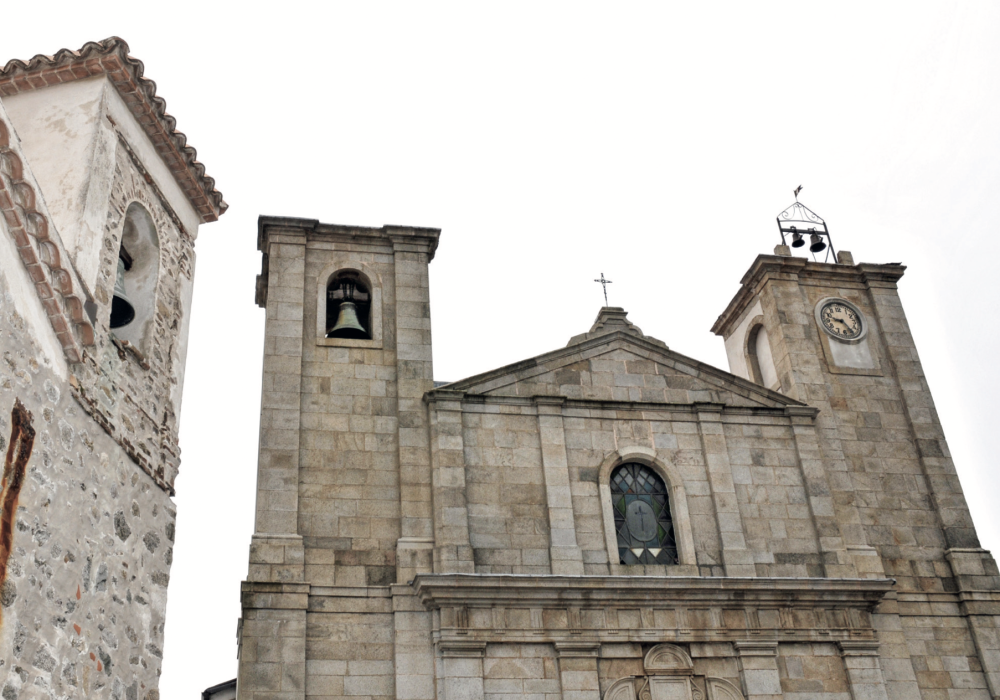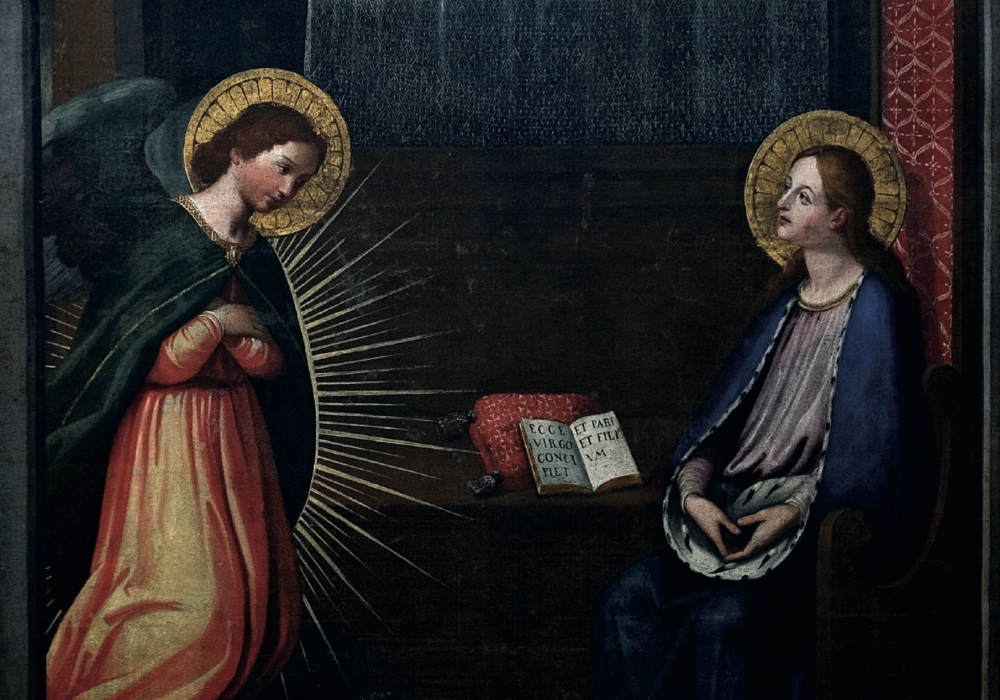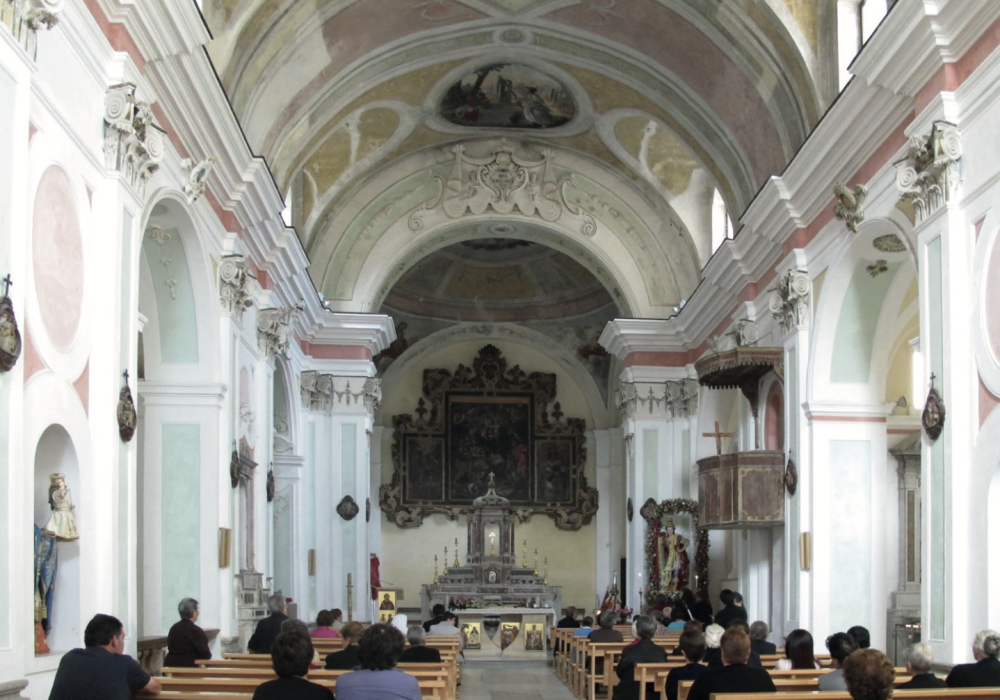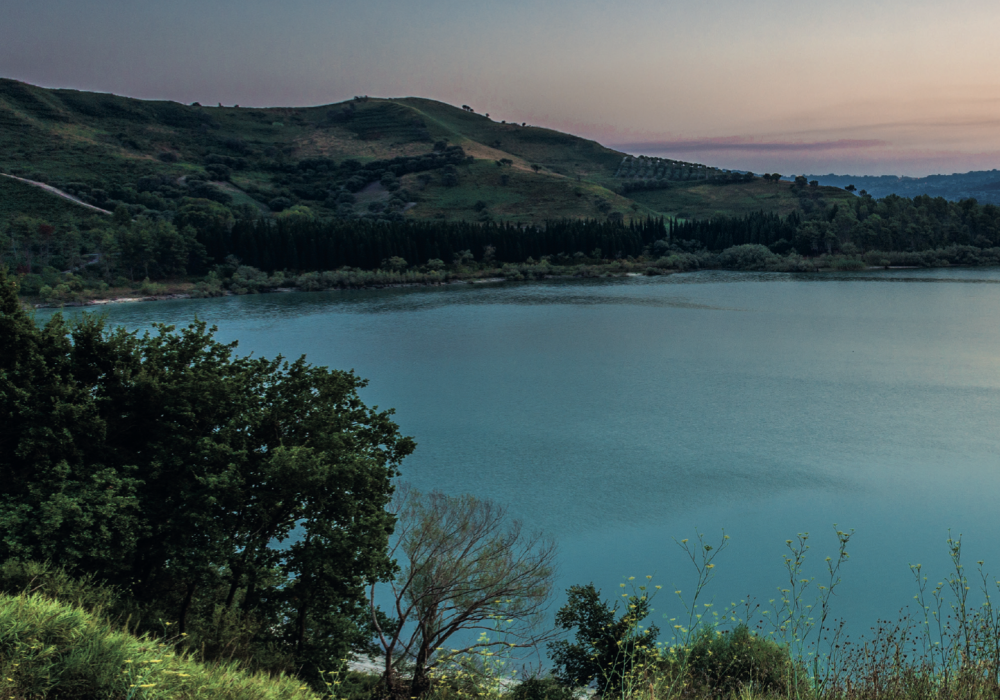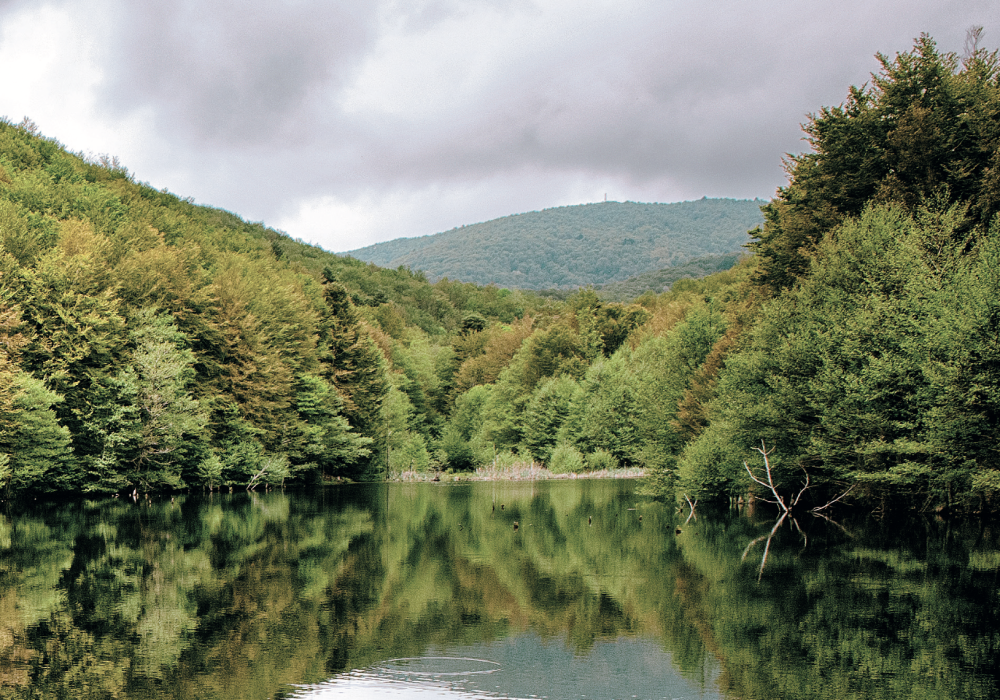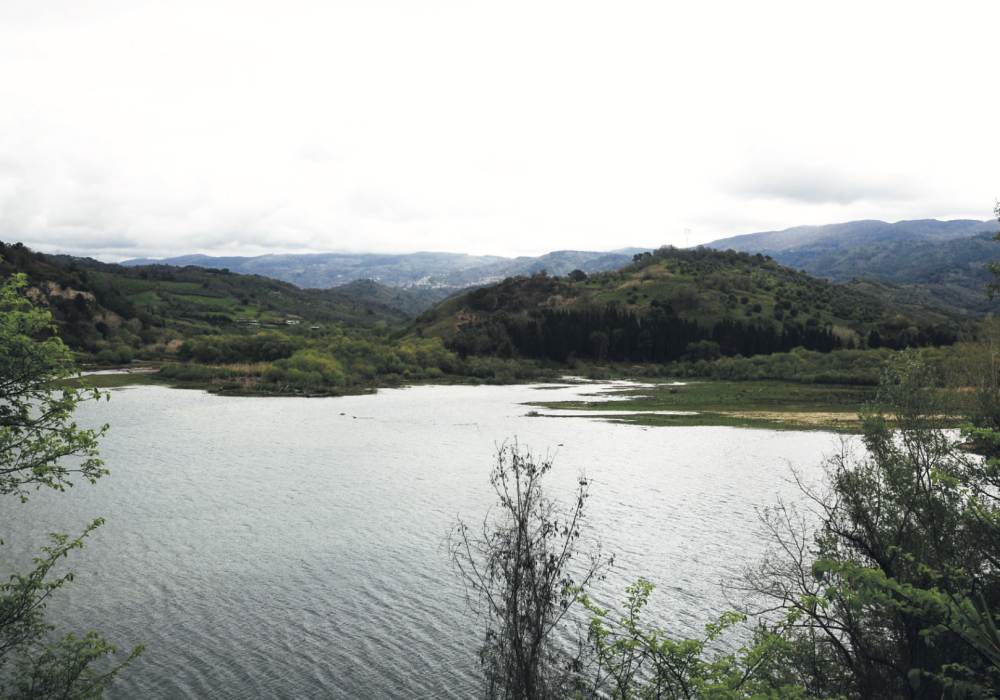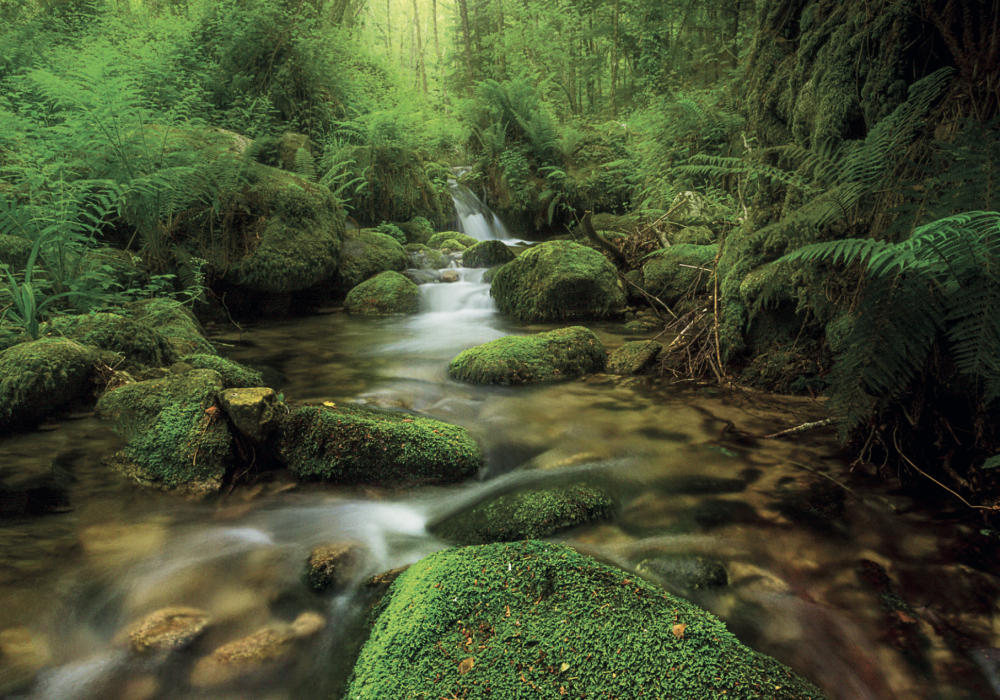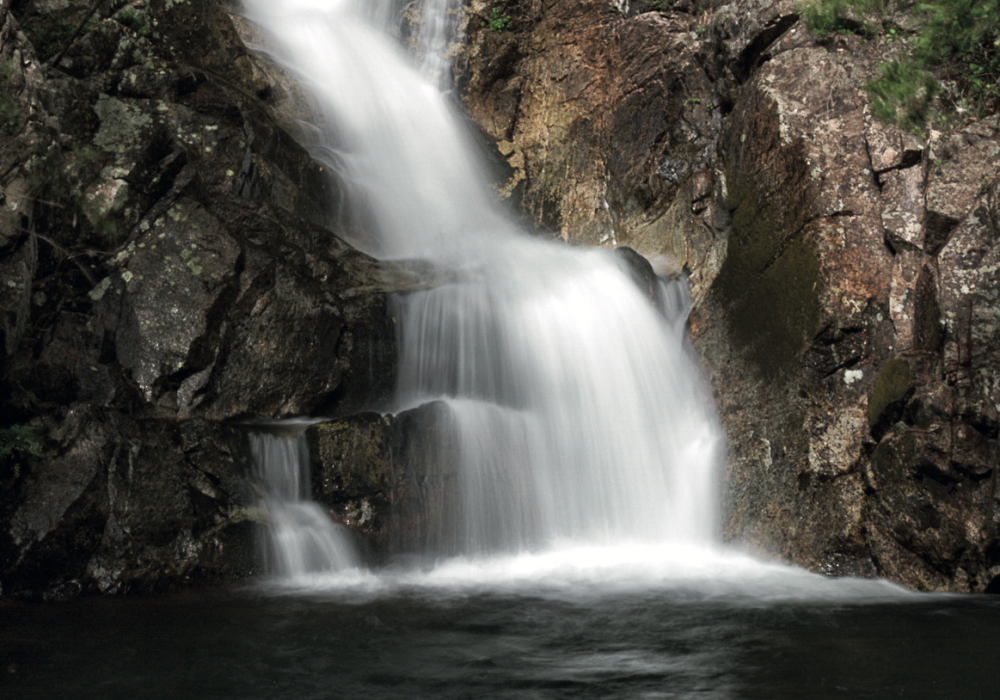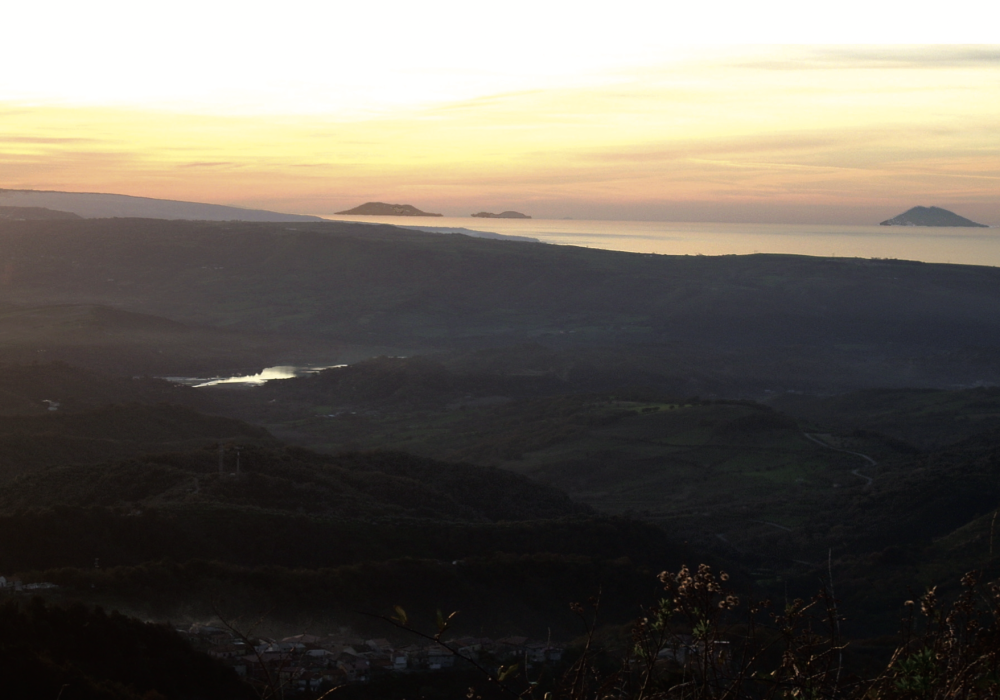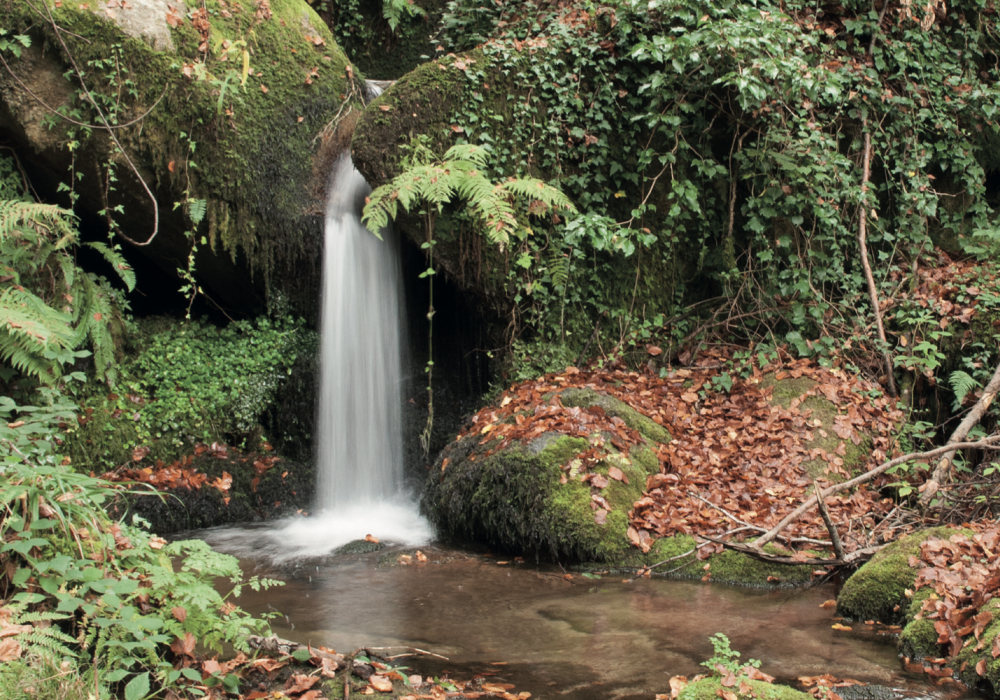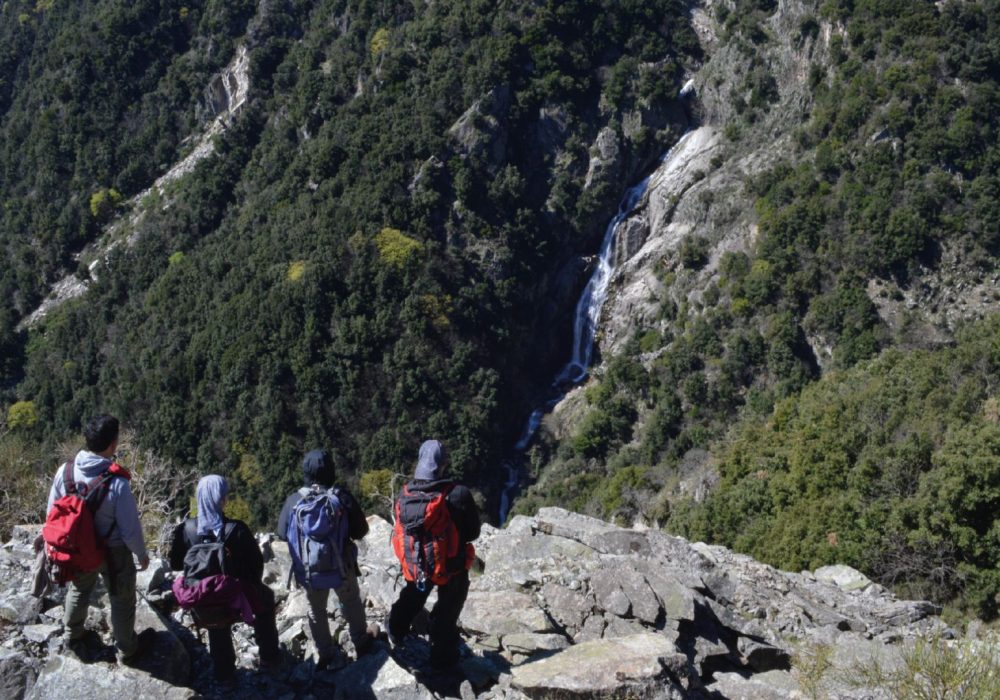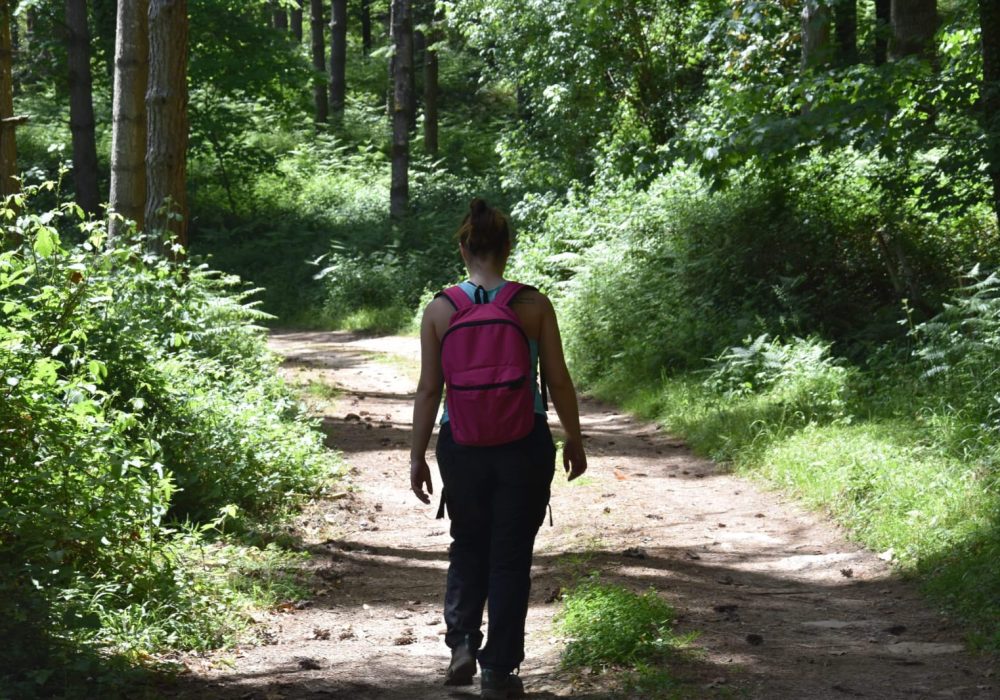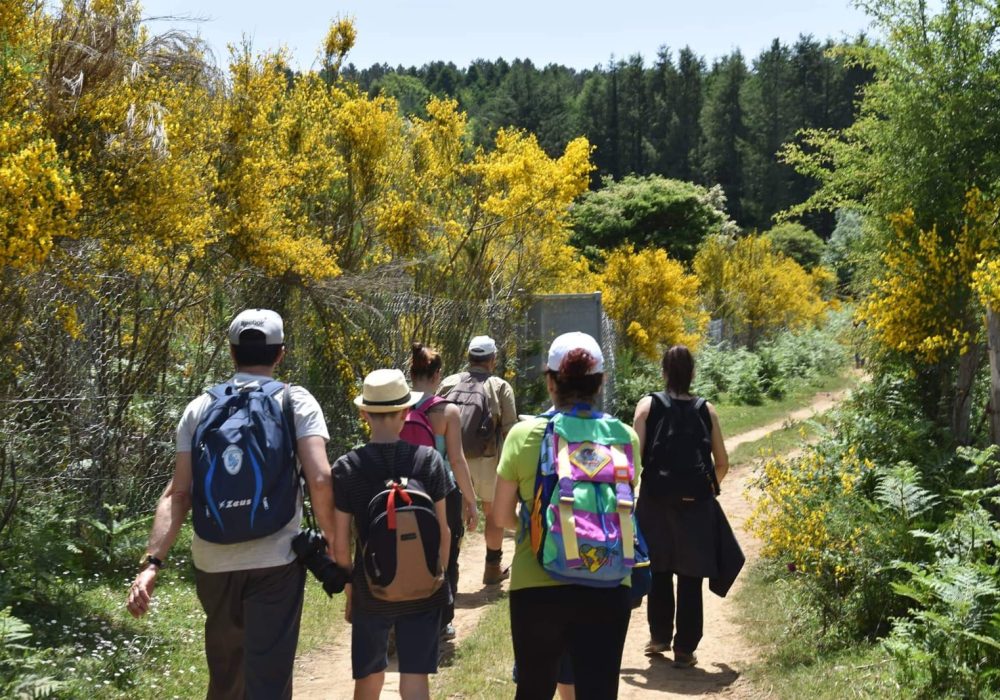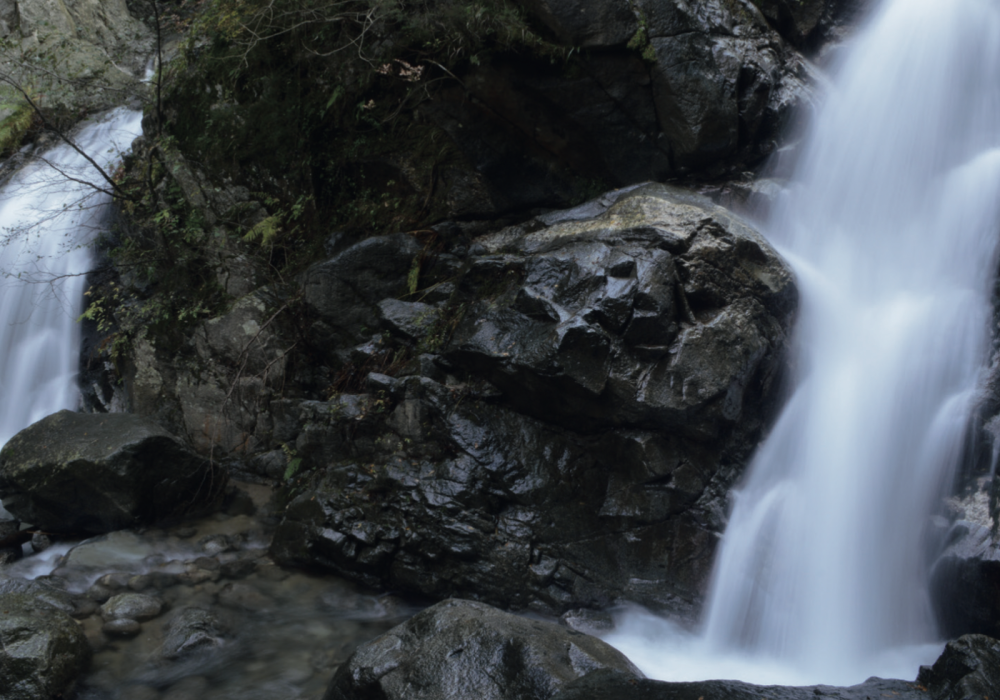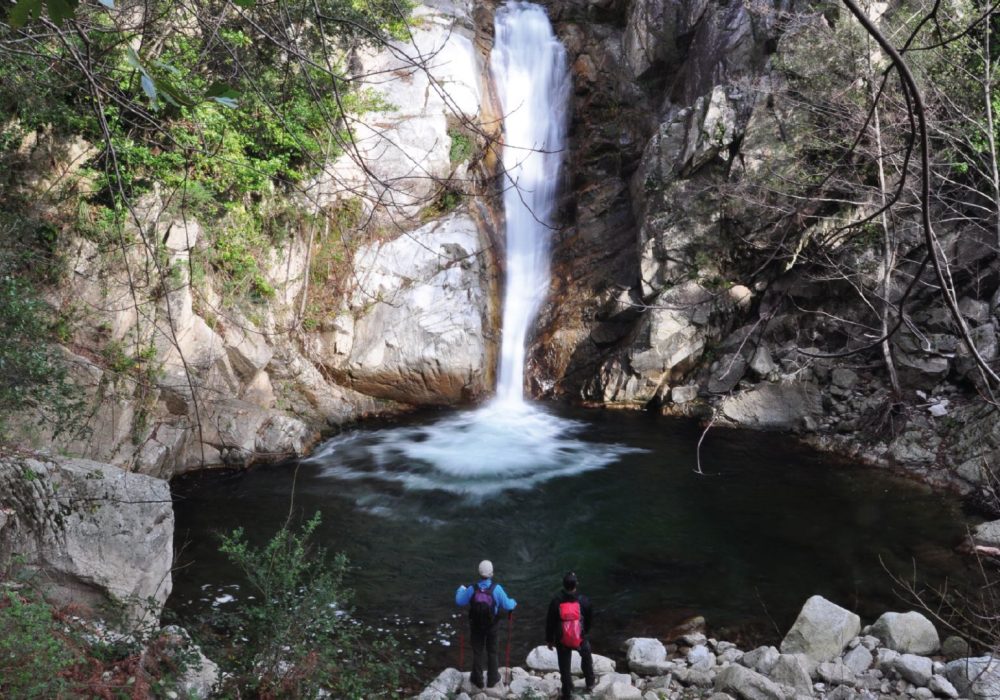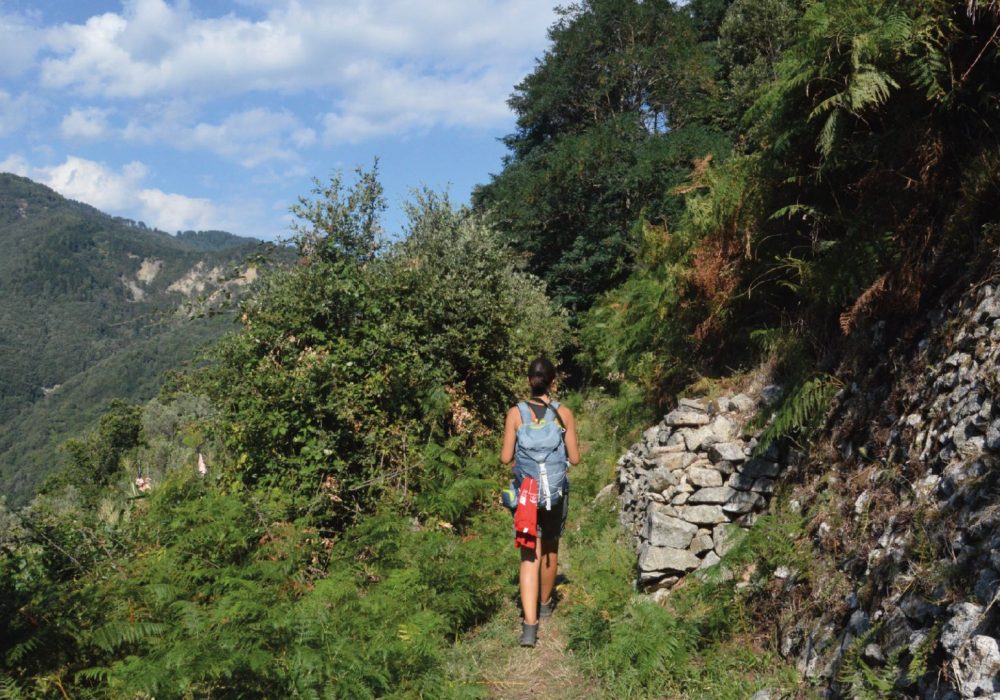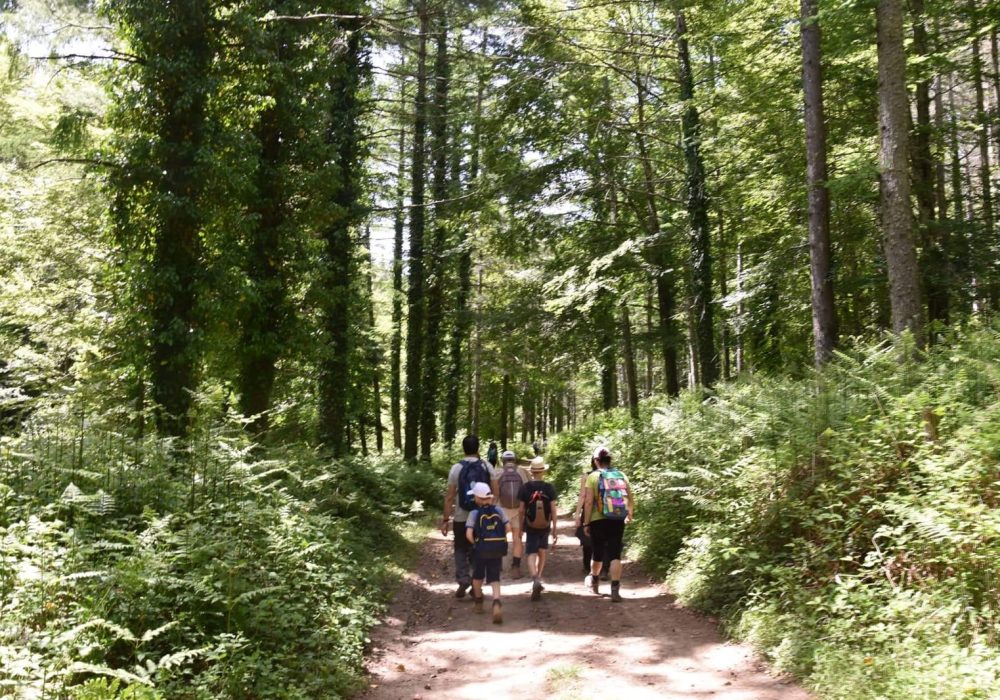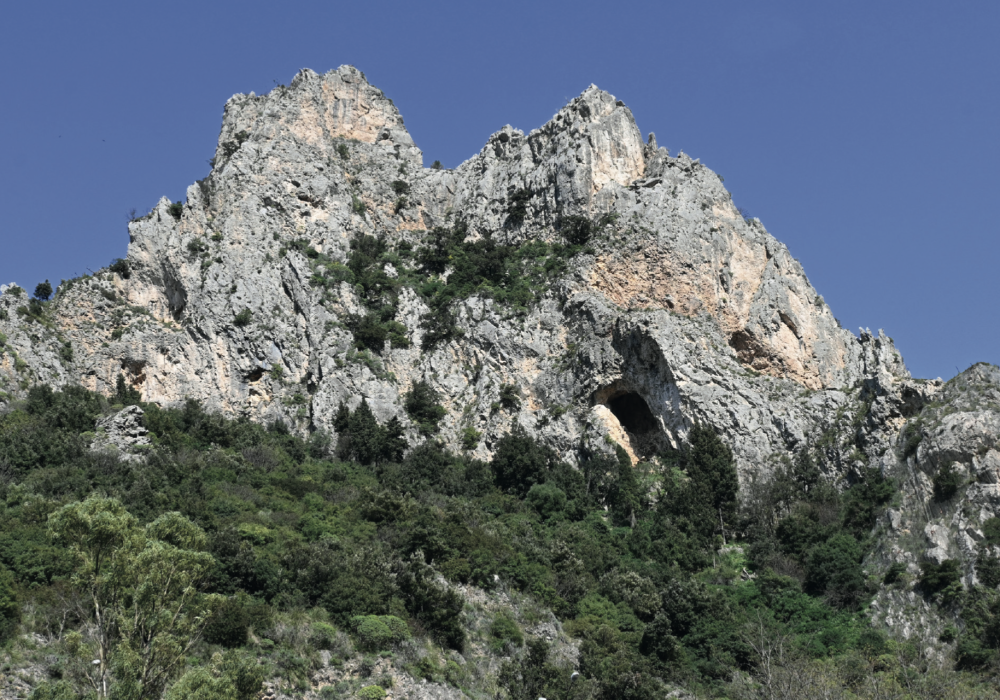Gerocarne
Formerly a territory of the county of Arena, Gerocarne is mentioned in official documents as early as the mid-13th century. The village is known throughout the region for its rich production of terracotta artefacts, so much so that, for a long time, Gerocarne was in direct competition with the more famous Seminara. The activity of the potters of Gerocarne is also mentioned in François Lenormant’s famous diary of a trip to Calabria, La Magna Grecia, recently republished by Rubbettino, in which the French archaeologist, speaking of the town in the Serre, notes: ‘the usual earthenware vases are made, covered with a white tin patina, on which ornaments are drawn in different colours, red, turquoise, green, yellow’. The magnificent white clay pots of Gerocarne are alas no longer produced, however, there are still several workshops producing the red clay pots. The town was heavily hit by the 1783 earthquake that had such a heavy impact on this place that it completely obliterated entire parts of it (think for instance of the hamlet of Miglianò, which has now completely disappeared) and even changed the morphology of the land. The devastation was such that the depiction of the cracks in the ground and the craters opened by the earthquake was included in the atlas appended to Michele Sarconi’s Istoria de’ fenomeni del tremoto avvenuto nelle Calabrie nell’anno 1783. For this reason, little remains of the town’s ancient artistic and architectural heritage. After the customary visit to the potters’ workshops, a stop at the Church of Santa Maria de’ Latinis and San Sebastiano is a must. The building was created after the great 18th century earthquake from the rebuilding and extension of the ancient church of San Sebastiano, probably of medieval origin, and completed in 1815. The layout is due to the famous Serrese architect Biagio Scaramuzzino. The richly stuccoed interior by Serrese craftsmen replicates the elegant rocaille grace of the decorative motifs in use in the city of Certosa. The pictorial decoration of the church is the work of Sicilian artist Cosimo Sampietro (1856-1949). Ethereal and refined, in tones reminiscent of Pre-Raphaelite painting, are the three frescoes decorating the ceiling, depicting the Assumption of Mary. The same painter is responsible for the other paintings, St. Roch, St. Sebastian, Moses in the Desert and the Last Supper. The most valuable painting, however, is kept in the Chapel of the Souls in Purgatory. It is a precious canvas from 1801, depicting Our Lady of the Rosary with Purgatory Souls by the Monteleone painter Emanuele Paparo, one of the best known and most talented painters of 19th century Calabria. Before leaving the building, do not neglect to admire the wooden sculptures, including the St. Emiliano, from the ruined hamlet of Miglianò, by the Serrese sculptor Vincenzo Scrivo, and two other statues from the workshop of Serrese: St. Rocco, made by Vincenzo Zaffino in 1847, and St. Sebastian (Michele Amato?). Before leaving Gerocarne, we recommend a visit to the ruins of the ruined Basilian monastery of San Pietro Spina in the hamlet of Ciano. The complex, built in the 11th century, was intimately linked to the Concublet family of Arena, since, according to tradition, it was precisely the intercessory prayer of San Pietro Spina, igumen of the monastery, that obtained the cure of John the leper, a miracle that the noble family was able to repay in the decades to come with continuous donations and handouts. If tired from walking and wandering around churches and convents you are looking for a place to rest, we suggest the green area of Ariola, where a rich and lush nursery has been created, a truly ideal place for a relaxing déjeuner sur l’herbe.
